Explanation Of Wall Waterproofing: Its Importance, Cost, And Solutions

Water leaking may cause structural damage, mold development, and cosmetic difficulties. Hence, wall waterproofing is critical. In this article, we will look at the relevance of waterproofing, identify critical areas that you must address, present efficient ways to halt water leakage, analyze the financial considerations of waterproofing walls, and finish with the necessity of this preventive action.
Table of Contents
The Importance Of Wall Waterproofing
Waterproofing for walls is of utmost importance for several reasons:
Protection Against Water Damage
Water leakage from walls may cause substantial damage to a building’s structure. It can cause fractures, erosion, and weakening of the foundation over time, jeopardizing the overall stability and structure safety. Waterproofing functions as a barrier, keeping water from infiltrating the walls and protecting the building’s integrity.
Mold and mildew growth prevention
Excessive moisture in the walls fosters the growth of mold and mildew. These organisms not only generate ugly stains and discoloration, but they also offer health dangers, especially to people who have respiratory problems or allergies. Wall Waterproofing prevents water from entering the structure, reducing the likelihood of mold and mildew growth and ensuring a better living environment.
The Building’s Durability
Wall proofing can expand a building’s lifespan by incorporating effective wall waterproofing. Waterproofing materials and processes provide a barrier that protects the walls from water damage, preserving their resilience and endurance. This idea eliminates the need for periodic repairs or restorations, ultimately saving time and money.
Energy Conservation
Water leakage in walls can also cause thermal bridging, which occurs when heat moves between the inside and outside of a structure. This process can lead to higher energy use for heating and cooling. Waterproofing the walls improves the insulating characteristics, lowering energy loss and enhancing energy efficiency.
Property
Value Preserving
Waterproofing is an investment that both preserves and improves the value of a home. Buildings with a history of adequate upkeep and protection against water damage are more appealing to potential purchasers or renters. Property owners can guarantee that their asset preserves their worth over time by showing waterproofed walls.
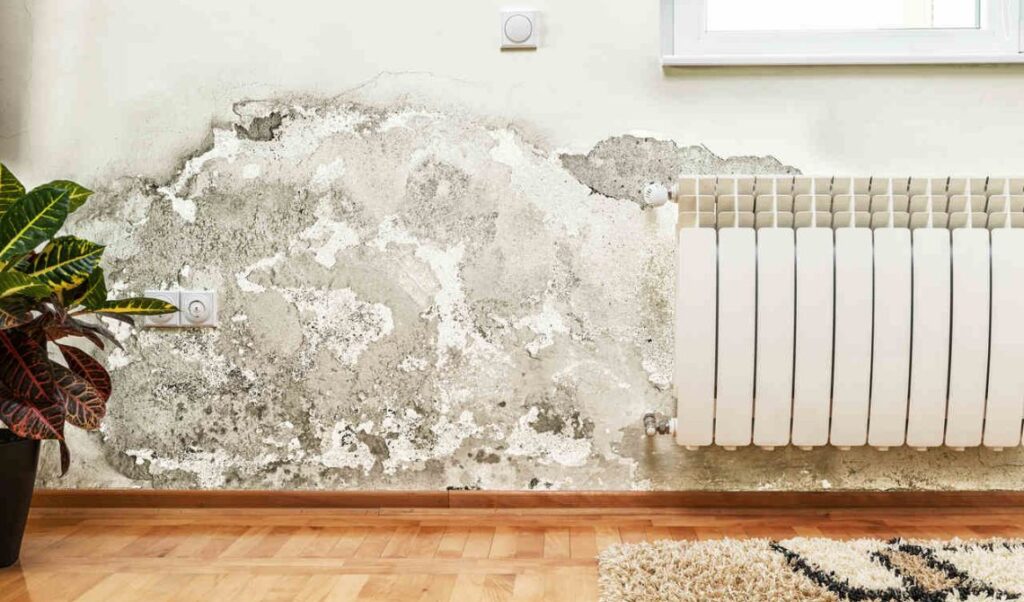
A Cost Estimate Waterproofing For Walls
The cost of wall waterproofing depends on various aspects, including the size of the waterproofing area, the level of water damage, the selected waterproofing technology, and the project’s unique needs. So, to acquire precise pricing estimates suited to your individual needs, talk with expert Waterproofing contractors in Noida.
While I cannot tell you the current pricing in Delhi because it is subject to change, I can provide a rough picture of the price range based on past data. The cost of wall waterproofing in Delhi ranges between INR 80 and INR 150 per square foot. However, remember that this is only an approximate estimate, and the cost may vary based on the above-listed criteria.
Surface waterproofing with liquid membranes or coatings might cost between INR 80 and INR 120 per square foot. Injection grouting for cracks and gaps might cost between INR 100 and INR 150 per linear foot of crack length. Depending on the project’s intricacy, the cavity drainage system or integrated waterproofing installation may incur additional costs.
It is critical to receive exact prices from reliable Delhi waterproofing contractors. They will evaluate the project needs, consider the state of the walls, and give precise cost estimates based on current market prices.
Remember, the cost of wall waterproofing may appear to be an investment at first. It may help avoid severe water damage, structural concerns, and mold growth, eventually saving you money in the long run.
The Areas In Which Waterproofing Walls Are Required?
Waterproofing is typically required in numerous parts of a structure to avoid water leaks and other problems. These are some examples:
Basements Wall Waterproofing
Because of their below-ground location, basements are especially vulnerable to water leaks. They are susceptible to hydrostatic pressure from the surrounding soil, insufficient drainage, and water seepage through foundation walls. Basement waterproofing is critical to preventing moisture ingress and structural damage.

Wet Areas And Bathrooms Wall Waterproofing
Water splashes, excessive humidity, and condensation are normal in bathrooms, kitchens, and other moist spaces. Waterproofing these areas is critical to prevent water from penetrating the walls, floors, and joints, which can lead to mold development, structural damage, and finish deterioration.
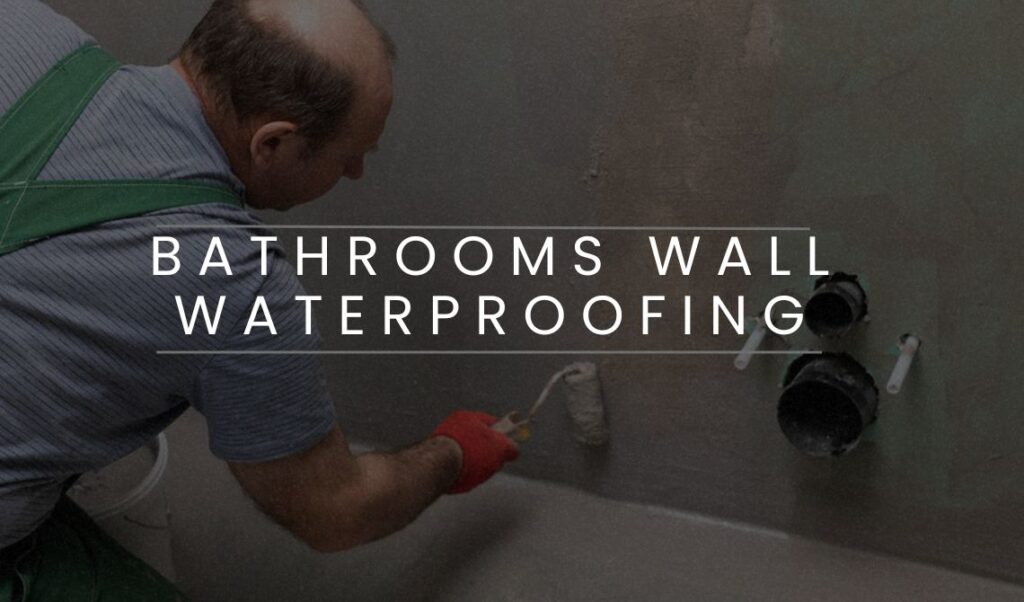
Outside Walls Waterproofing
External walls exposed to the weather are vulnerable to water intrusion. Cracks, efflorescence (salt deposits), and degradation of wall components are the results of rainwater, moisture, and temperature variations. This advanced outer water leakage from wall solution aids in the protection of the building envelope, the prevention of water damage, and the preservation of structural integrity.
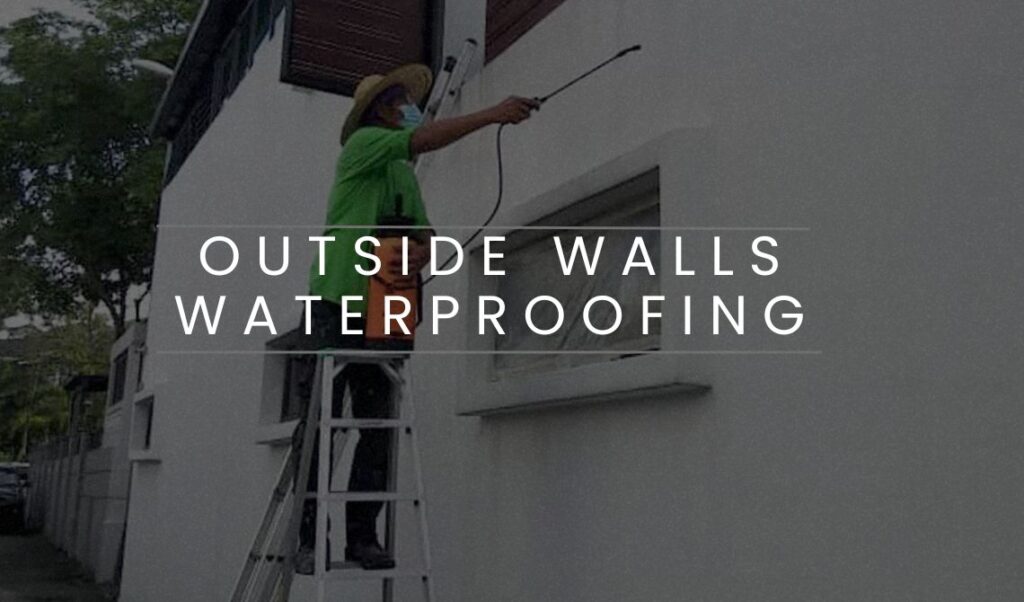
Terraces And Balconies Wall Waterproofing
Terraces and balconies are horizontal surfaces that are frequently exposed to rain and other weather extremes. Water can permeate through the surface without sufficient waterproofing, causing water stains, damage to structural parts, and probable leaking into the lower floors of the structure.
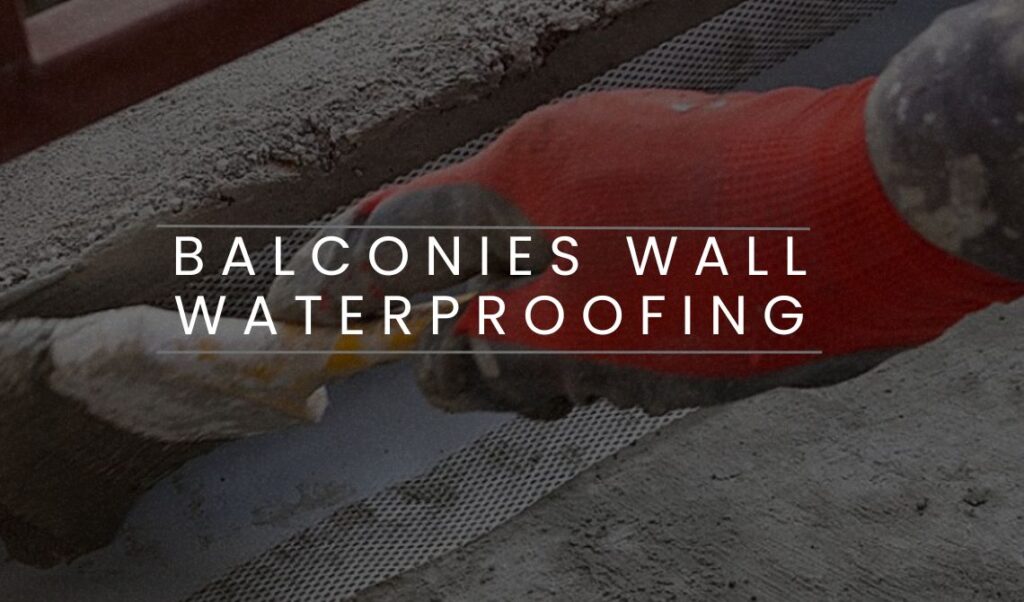
Parapet And Roofs Wall Waterproofing
Water leaking from a faulty roof waterproofing system can cause damage to the ceilings, walls, and internal areas beneath. Water infiltration is also a problem with parapet walls, which are roof-level extensions of the outside walls. Waterproofing the roof and parapet walls is critical for preventing water damage and protecting the structure.
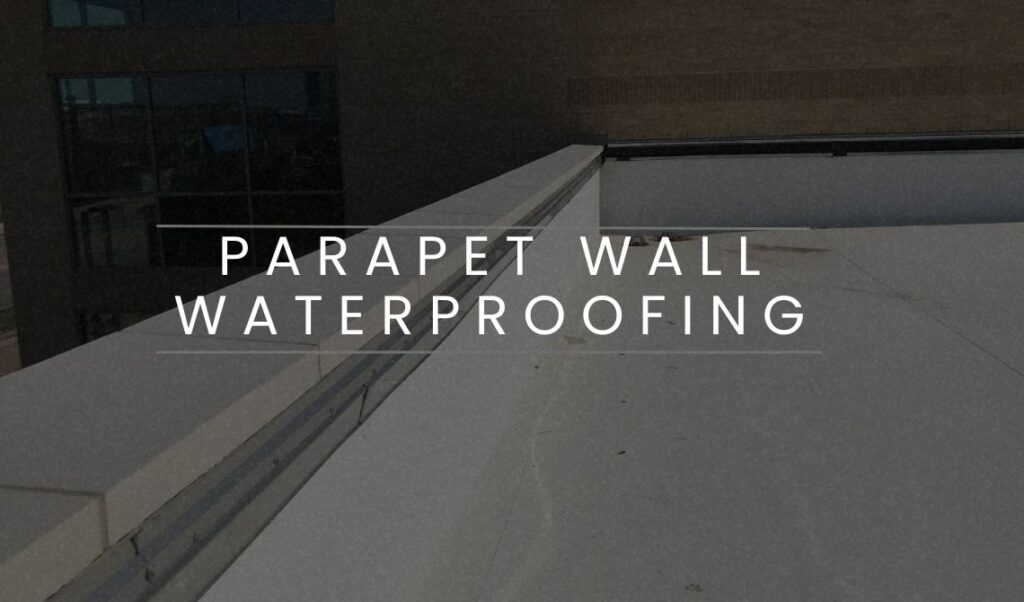
It is crucial to remember that depending on the design, structure, and proximity to water sources, any building may have certain regions that require waterproofing. Consulting with skilled waterproofing contractors or specialists may assist in identifying the exact sections of your building that require repair and recommending the most appropriate waterproofing solutions for effective water leakage prevention.
Solution For Water Leakage In Walls
There are various efficient techniques for How to stop water leaking from wall:
Surface Waterproofing
By applying a waterproofing membrane or coating to the exterior surface of the walls, a protective barrier against water penetration is created. These materials are intended to resist water and keep it from penetrating the walls. Surface waterproofing is especially effective for exterior walls, basements, and locations exposed to inclement weather.
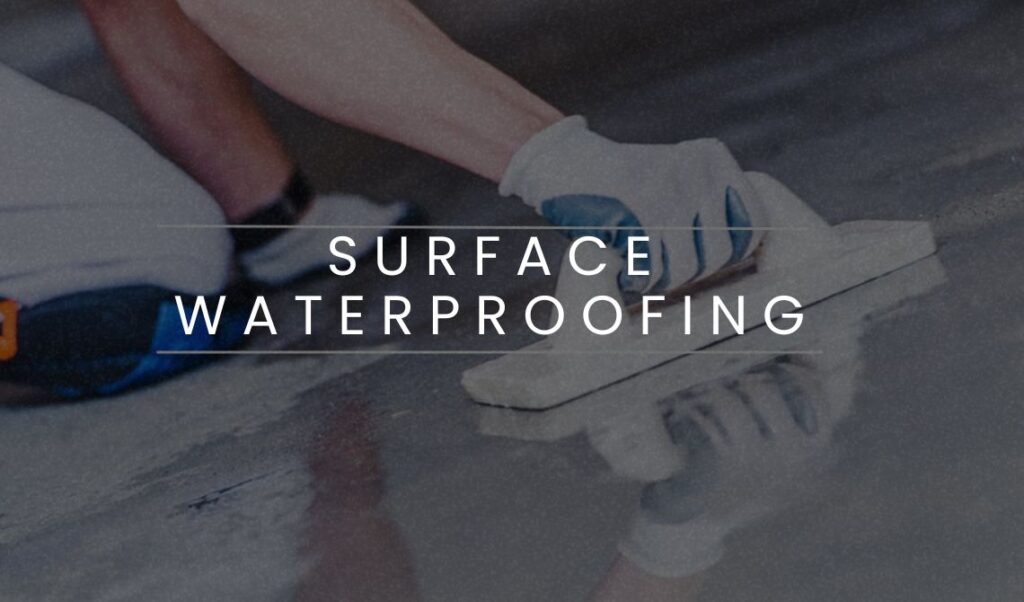
Injection grouting
Injection grouting is a procedure that involves injecting a specialized waterproofing substance into cracks, gaps, or holes in the walls, such as polyurethane or epoxy. The substance injected expands and fills the gaps, thereby sealing them and preventing future water intrusion. Injection grouting is viable for resolving localized water leakage regions and enhancing structural integrity.
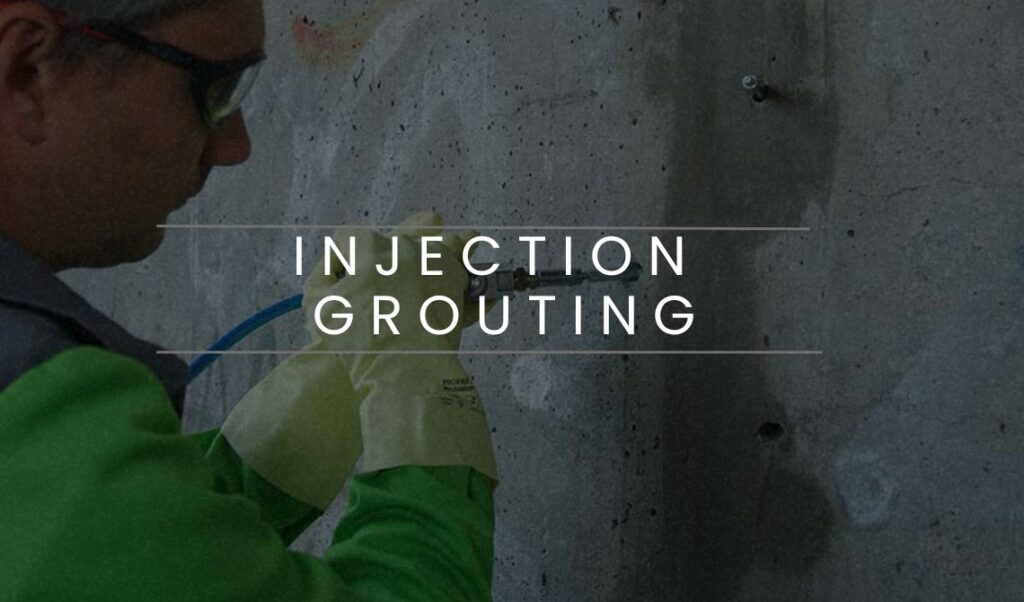
System of Cavity Drainage
Water that has already infiltrated the walls can be successfully managed by installing a cavity drainage system. This system consists of a network of channels and pipes that collect and direct water to a sump pump or drainage outlet. A cavity drainage system prevents water from causing additional damage and keeps the walls dry by managing and diverting the water.
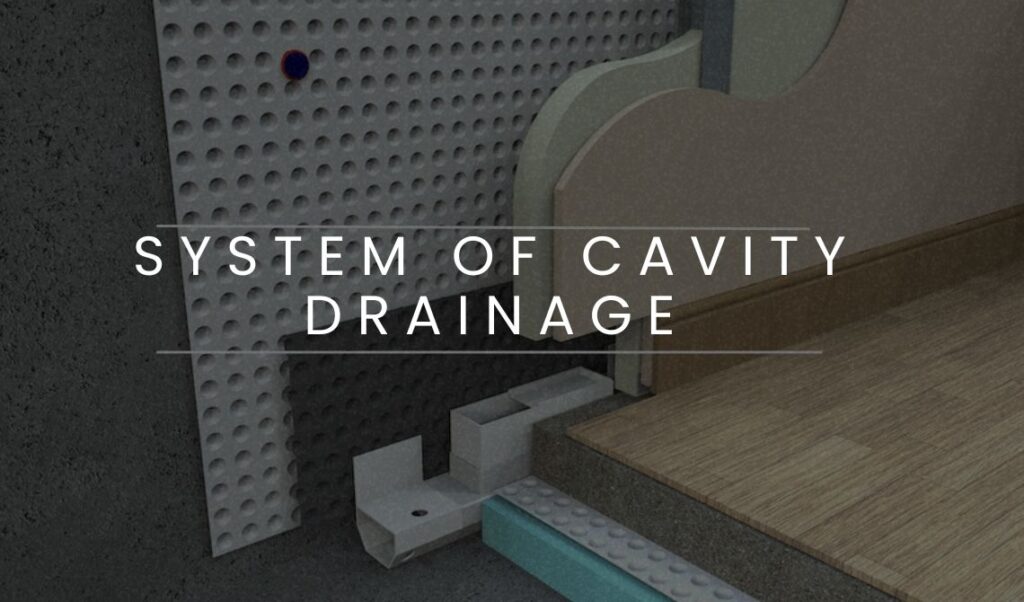
Integral Waterproofing
During the building process, waterproofing additives or admixtures are added to the concrete mix. These chemicals improve the water resistance of the walls from within, making them naturally water-resistant. The integral waterproof wall technique is a preventative measure that provides long-term water leakage prevention.
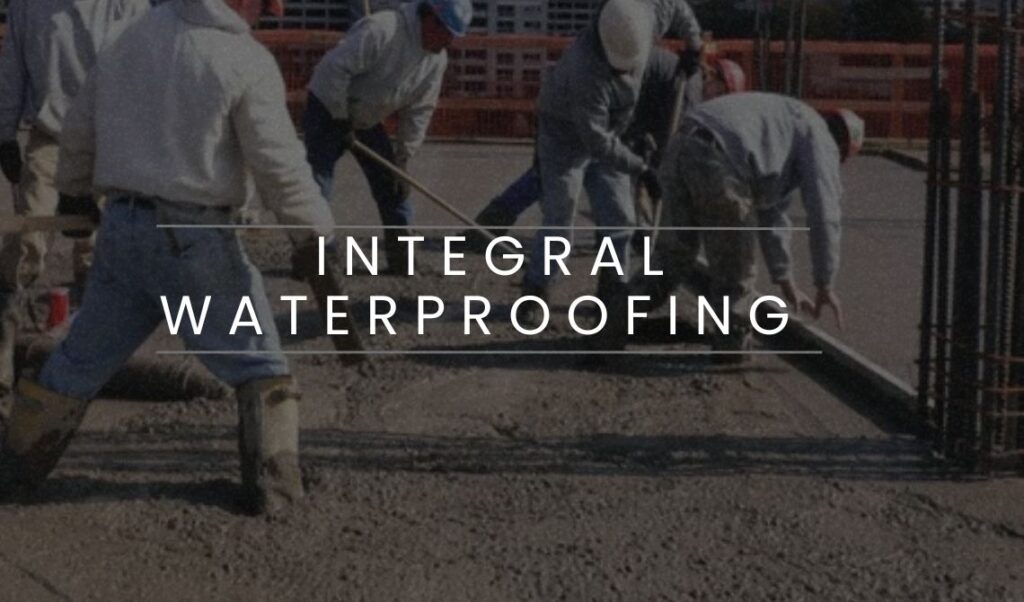
Drainage is essential.
It is critical to provide good drainage around the building to avoid water collection and eventual leaking. Installing gutters, downspouts, and enough slope grading to drain water away from the walls is part of this. Proper drainage reduces the danger of water intrusion by diverting water from the base and walls.
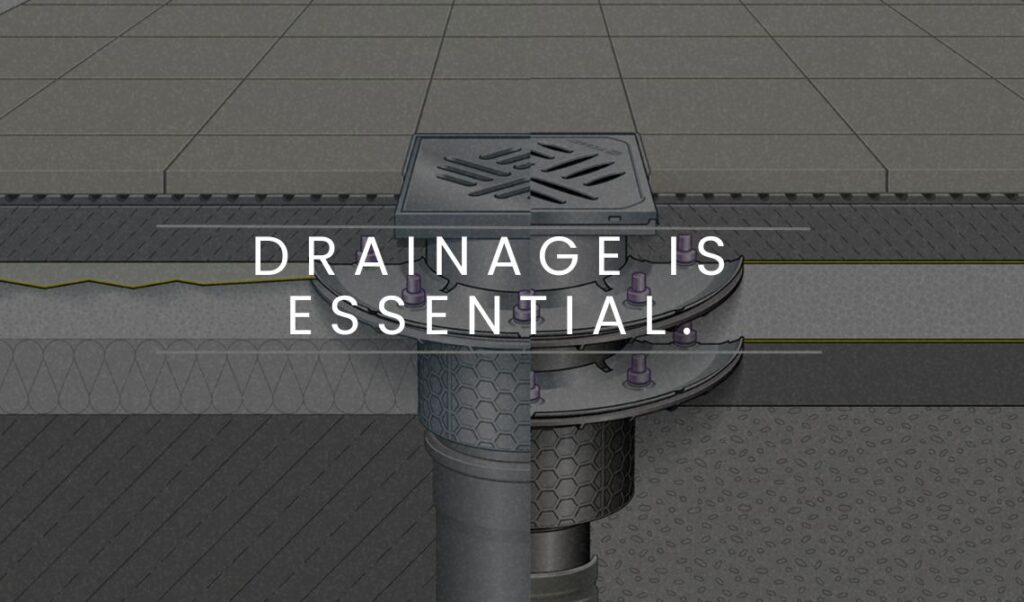
Conclusion For Wall Waterproofing
Waterproofing the walls is a required solution for water leakage in walls, and prevents structural damage, mold growth, and cosmetic deterioration. Homeowners and property owners may safeguard lifespan, safety, and visual structural attractiveness by prioritizing effective waterproofing solutions. Consultation with competent waterproofing contractors, high-quality materials, and appropriate solutions are critical elements in obtaining long-term outcomes.
Also, never underestimate the value of wall waterproofing today, as it can save you money and hassles in the future due to water damage. You can preserve the structural integrity of your house, guarantee a healthy living environment, and safeguard your investment through proactive efforts to waterproof your walls.
